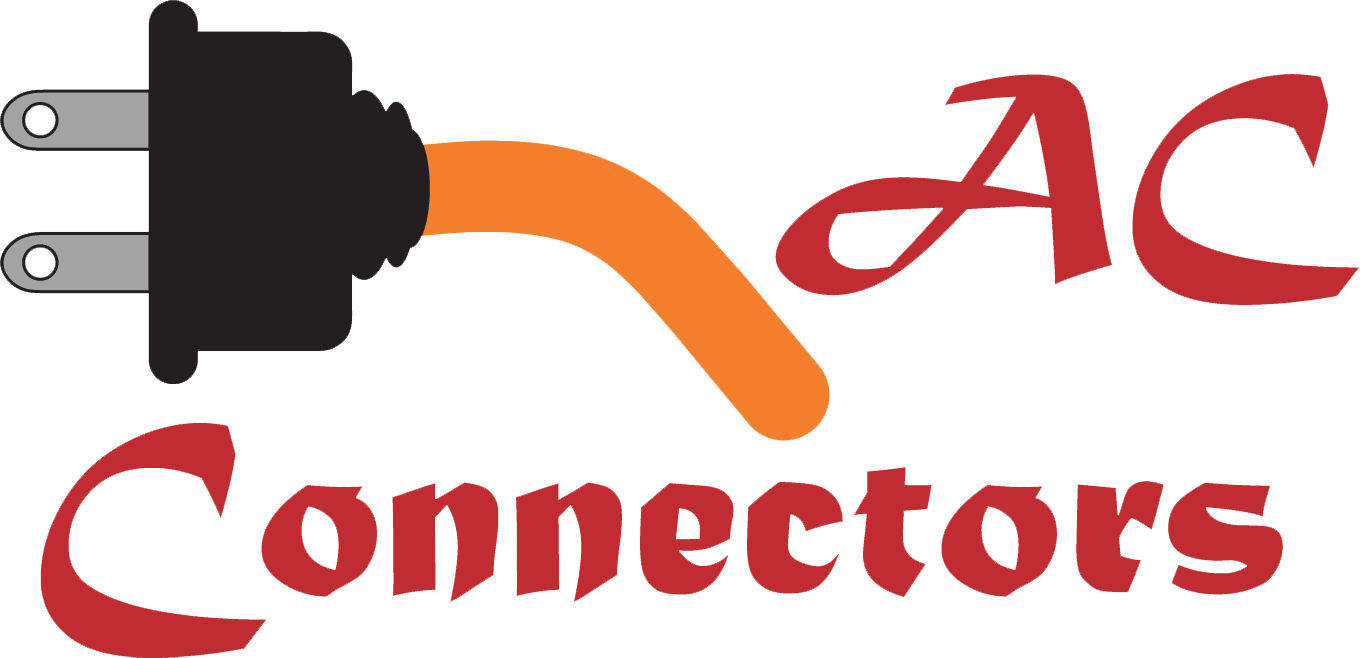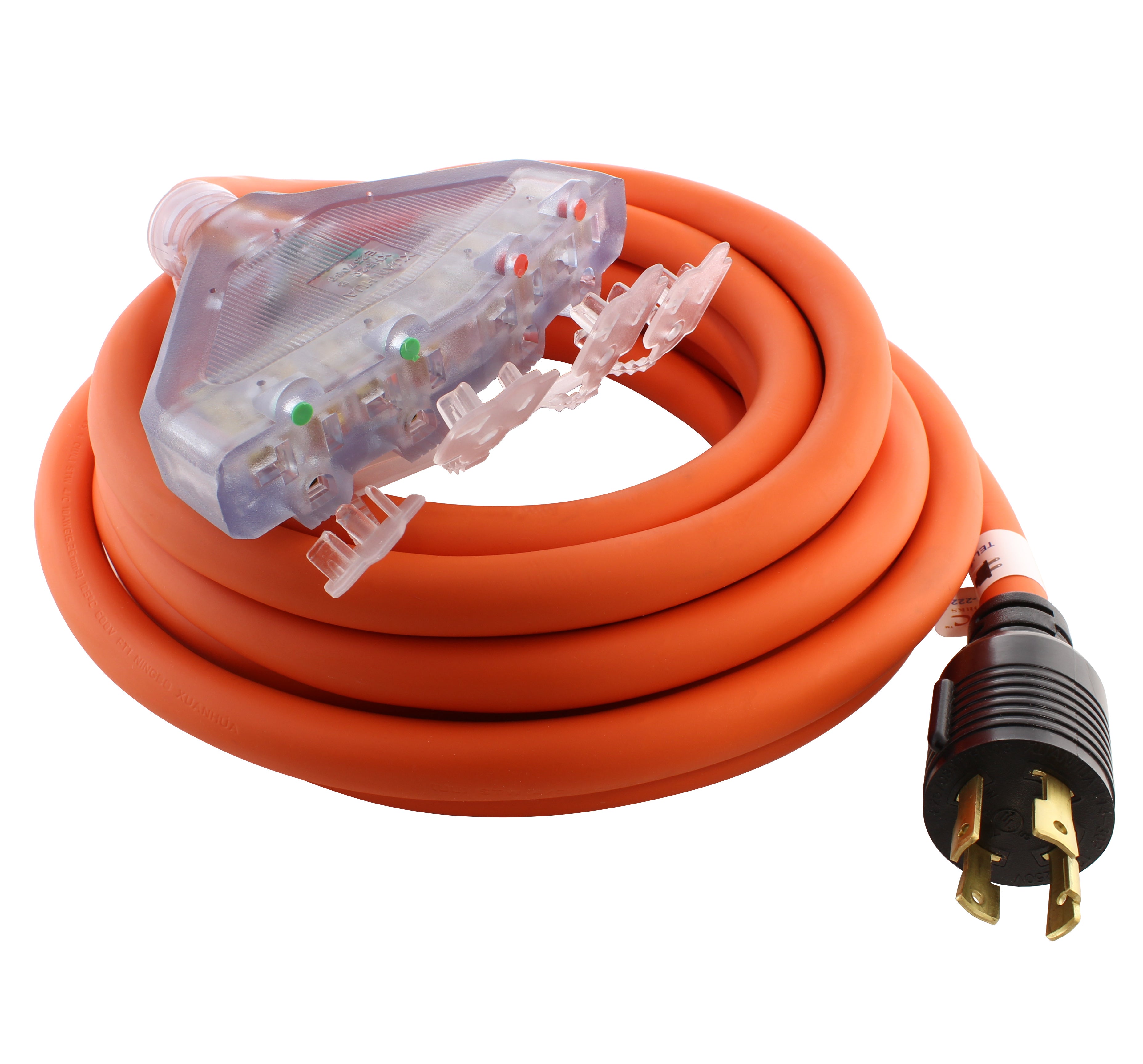When the power goes out in an emergency it is important to be prepared. You never know when you will need emergency power so you should have your plan in place before the power goes out. When trying to prepare your plan there are a few things to think about.
What will you be using to power your home? What items in your home will need to be powered? Are there any details you have not thought of, like the time of year?
Before you decide which route to go for obtaining power you should decide what household items are desirable and which are necessary to gain power in an outage. This will help you decide how much power you will need. Once you figure that out, then you can decide what size generator to purchase, which outlets you will need on your generator, and if you would like to use an extension cord with power distribution, an inlet, or a transfer switch system.
Wait! You don’t know how to figure out how much power you will need? Let’s start there.
The most common portable generator outlets you will see on the market and their power outputs are:
- 5-20R = 2500 Watts, Household T-blade
- L5-30R = 3750 Watts, 3-Prong, 30 Amp Locking 125 Volt
- TT-30R = 3750 Watts, 3-Prong, RV, Food Truck, Travel Trailer
- L14-20R = 5000 Watts, 4-Prong, 20 Amp, Locking 125/250 Volt
- L14-30R = 7500 Watts, 4-Prong, 30 Amp, Locking 125/250 Volt
Then you have the option of a high-power backup generator with a 14-50R outlet installed. This 14-50R allows for 12,500 watts of power, is a 4-prong, straight-blade, 50 Amps, and 125/250 Volt outlet.
| Generator Outlet | Wattage |
| 5-20R | 2500 Watts |
| L5-30R | 3750 Watts |
| TT-30R | 3750 Watts |
| L14-20R | 5000 Watts |
| L14-30R | 7500 Watts |
| 14-50R | 12,500 Watts |
Try to think about where you live and how often the power goes out in your area. What time of year is it when the power goes out and does it happen more often in one season over another? These are all things that will help you in determining how much power you will need to provide to your home via a generator.
The power in my area rarely goes out so our backup system is a low-power portable generator with a power distribution adapter. This gives us just enough power to keep the refrigerator, lights, and a few low-power devices going during a short outage. If you live in an area where you may need heat and or air conditioning in a power outage you may want to consider a little more power output than that.

How do you figure this out? First, your electronics and appliances will have the wattage needed to power the item on their tag. Some items will require more power called peak power, to turn on and then much less power to run the appliance. Your microwave, for example, will require a larger amount of power to kick the appliance on, and then once it is running it will use less power. Keep this type of electronic appliance in mind when calculating your power need. You would not want to overload and lose your backup power because of a small miscalculation.
Now let’s think, what are the most important appliances and/or electronics needed during an outage? Refrigerator, heat, AC, sump pump, microwave, TV, radio, phone, lights, etc.
Below we will list the average power needed to run some typical household items.
| Appliance/Electronic | Wattage |
| Refrigerator | 400 Watts |
| Portable Heater | 1500 Watts |
| Window A/C Unit | 1800 Watts |
| Sump Pump | 400 Watts |
| Microwave - Avg Running Power | 1500 Watts |
| Phone Charger | 7 Watts |
| Light Bulbs | 60 Watts |
| LED Bulbs | 10 Watts |
| Central Air Conditioner | 4000 Watts |
| Cooking Range 40 Amp (stove & oven use on all burners) | 10,000 Watts |
| Clothes Dryer | 4000-5000 Watts |
| 49'' LED TV | 85 Watts |
| Desktop Computer | 450 Watts |
| Clock Radio | 30 Watts |
| WiFi Router | 15 Watts |
| Laptop Computer | 100 Watts |
Once you have figured out which appliances and electronics you need and their total wattage you can use this information to figure out what style back up system would most benefit your home and family. To learn more about the different backup systems you can watch this video “Powering Your Home During an Emergency”.
PRO TIP: You may need to turn one appliance off while running another to use some portable generator options and still not have to upgrade. You will be able to figure this out when preparing the total watts your necessary products will require. For example, if you are trying to use your 1500-Watt portable heater with a NEMA 5-20 outlet in a portable generator with a 2500-Watt output and want to warm some food in your 1500-Watt microwave, you will need to turn the heater off while running the microwave. Once your food is finished cooking, you can turn your heater back on.
Remember the items listed above are all estimates. We have no way of knowing exactly how much power every persons’ items will require. There are so many different types of electronics and appliances with so many different brands, it would be impossible to figure it out exactly.
We do offer FREE consultations and are happy to assist you in finding this information or helping you decide which backup system is best for you. Feel free to contact our customer service department anytime to schedule a FREE consultation with one of our knowledgeable sales engineers.








Share:
Does the Anti-Cold Weather Jacket Really Work?
AC WORKS® Brand Emergency Power Kits